I've been told that this relay circuit should latch.
I built it and it does not.
I want the LED light to stay on after the N.O dP switch is is closed and then released back to its N.O. state.
Using 24 VAC power with a 24 VAC LED signal light.
I'm wondering if the LED is somehow interfering with the relay coil action. Otherwise I don't see any thing wrong with the circuit design.
Any ideas?


